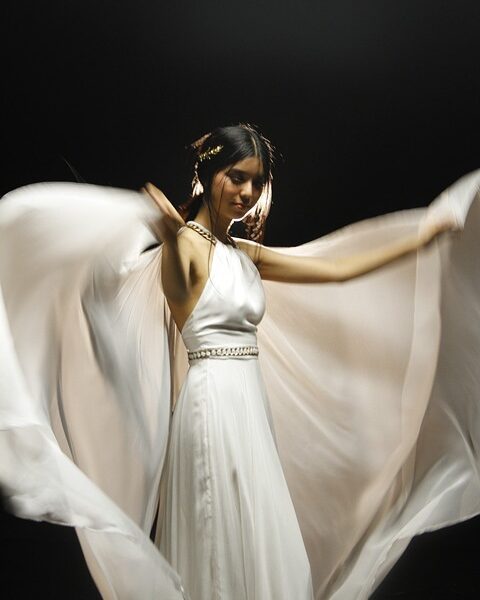From flappers to power suits: American women’s fashion through the decades
From flappers to power suits, American women’s fashion has undergone numerous transformations throughout the decades. Each era brought with it a new sense of style and a reflection of social and cultural changes. Let’s take a walk through time and explore how women’s fashion has evolved over the years.
1920s – The Roaring Twenties
The 1920s are synonymous with flappers. The flapper girl was a symbol of the new and liberated woman of the decade. Short hair, shorter skirts, and bold makeup marked the fashion trends of the time. Women began to abandon the corset and embrace a more androgynous look with waistcoat jackets and trousers.
1930s – The Great Depression
The Great Depression of the 1930s meant that fashion became more about practicality and utility than anything else. Hemlines dropped to the ankle, and the bias cut gown was popularized by Hollywood starlets. Women also began to wear sportswear, such as polo shirts and tennis skirts, for everyday wear.
1940s – World War II
During World War II, fashion took a back seat as women joined the workforce in droves. The iconic Rosie the Riveter poster became a symbol of female empowerment as women donned overalls and workwear. Practicality was still the name of the game, and women began to wear more functional clothing, such as military-inspired separates.
1950s – The Feminine Ideal
The 1950s marked a return to femininity in fashion. Women wore full skirts and fitted bodices, and dresses were designed to emphasize the natural waistline. The “New Look” was popularized by Christian Dior, and women wanted to look glamorous and elegant. The rise of television and Hollywood glamour also influenced fashion trends.
1960s – The Swinging Sixties
The 1960s were a time of social and cultural upheaval, and fashion reflected this. Mini skirts, bright colors, and bold patterns became popular, and women started to wear pants more frequently. The fashion revolution was led by designers such as Mary Quant, who popularized the mini skirt, and André Courrèges, who introduced futuristic styles.
1970s – Disco and Feminism
The 1970s saw a continuation of the fashion revolution of the 1960s. Disco fashion was marked by glitter, sequins, and platform shoes. However, the decade was also marked by feminist movements, and women began to embrace more masculine styles such as pantsuits and blazers.
1980s – Power Dressing
The 1980s were marked by the rise of the career woman, and fashion reflected this with power dressing. Women’s suits became more structured and tailored, with padded shoulders and bold colors. The rise of MTV and popular culture also influenced fashion trends, with Madonna’s “Material Girl” look becoming iconic.
1990s – Grunge and Minimalism
The 1990s were marked by a move away from the excess of the 1980s, towards a more minimal and grungy style. Flannel shirts, denim jackets, and combat boots became the uniform of the era. However, the decade also saw a rise in minimalist fashion, marked by clean lines and neutral colors.
2000s – Fast Fashion
The 2000s marked a shift towards fast fashion, with trends changing at a faster pace than ever before. The decade saw a return to more feminine styles, with mini skirts and low-rise jeans becoming popular. However, the rise of social media and celebrity culture also influenced fashion trends.
Overall, American women’s fashion has always been a reflection of the social and cultural changes of the time. From the flapper to the power suit, each era brought with it a new sense of style and a reflection of the world around us. It will be exciting to see what the future holds for women’s fashion and how it will continue to evolve.







